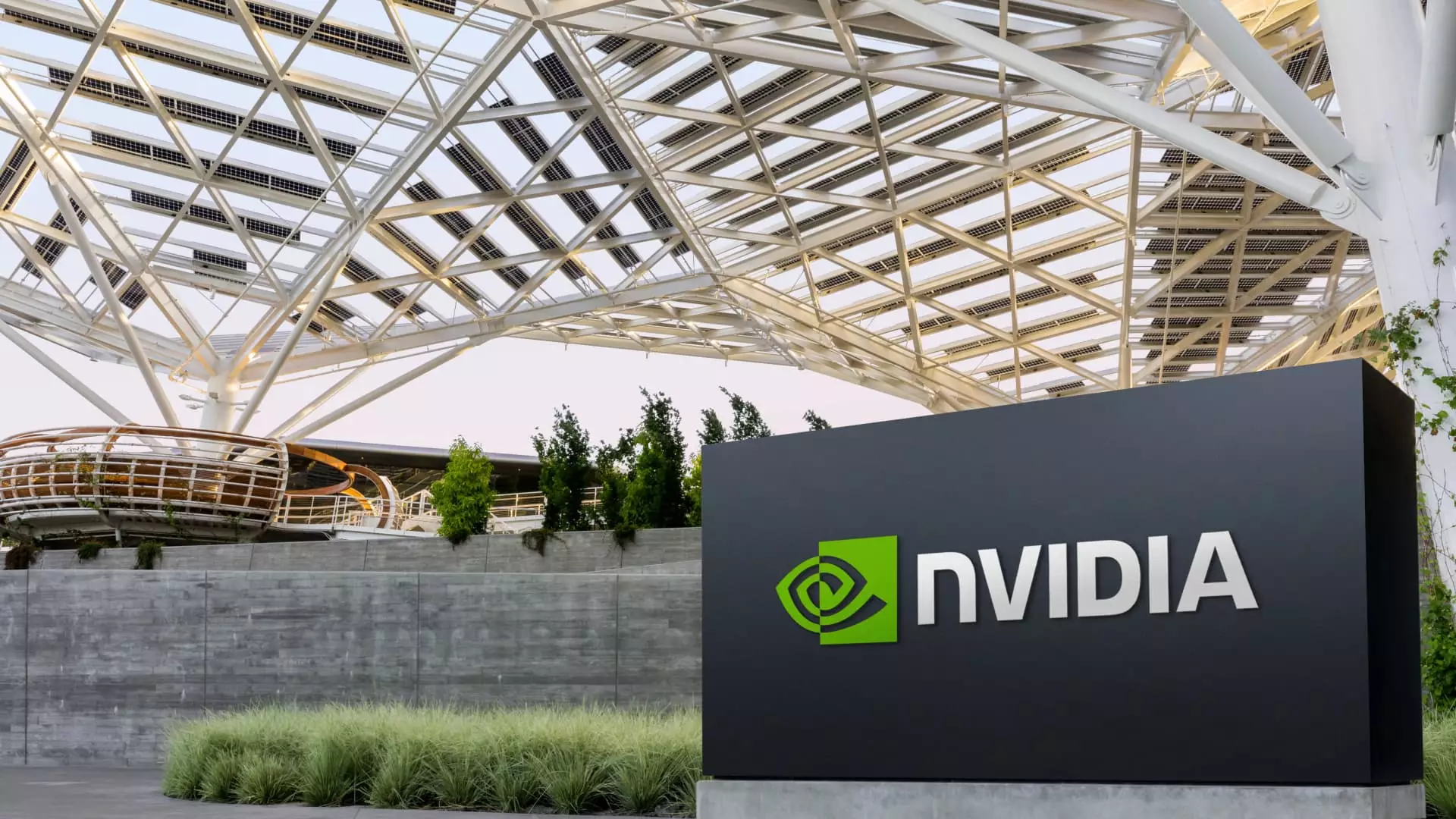In recent months, Wall Street analysts have been abuzz with discussions about companies at the forefront of Artificial Intelligence (AI) connectivity. Among them, Astera Labs stands out. With Raymond James initiating coverage and giving the company an outperform rating, the firm claims that Astera is ideally positioned to ride the AI wave. As we delve deeper, Astera’s role as a provider of high-speed connectivity solutions is becoming even more relevant. The so-called “GenAI megatrend” is not merely a flash in the pan; it’s a paradigm shift in technology, one that’s likely to lay the groundwork for the next era of computing.
However, one must wonder: are analysts getting too caught up in hype? Predictions of exponential growth often carry their own risks as they can inflate stock valuations, leading to a bubble waiting to burst. High-speed interconnects are indeed necessary for efficient AI functionality, but the industry’s reliance on perpetual growth without a steady foundation raises flags. Investors should tread cautiously; the allure of technological innovation must be tempered with realistic growth projections.
Healthcare Payment Tech: The Waystar Phenomenon
Truist initiated a buy rating on Waystar, a company specializing in healthcare payment technologies, attributing its attractiveness to the ongoing transformations in the healthcare sector. These innovations present substantial opportunities, particularly as they advance efficiency in billing processes and financial transactions. However, it’s critical to examine whether this optimism is justified or if it’s merely a result of Wall Street’s tendency to project financial wins when they can seldom be assessed post facto.
Waystar’s potential for growth is linked to broader healthcare trends, but this sector is fraught with challenges, particularly regulatory hurdles and the political climate that significantly affects healthcare funding and payments. Analysts must not overlook these variables when painting an overly rosy picture of a sector struggling with profound changes. As many investors lean towards tech solutions, they should remain vigilant against possible market corrections that could reshape the healthcare landscape.
The Roller Coaster Ride of Entertainment Stocks
Barclays recently highlighted Six Flags as a significant opportunity for investors. With an overweight rating and a price target suggesting substantial upside potential, the financial community seems to have genuine confidence in the entertainment sector’s rebound post-pandemic. However, there’s an underlying question — can such optimism withstand the test of time or economic downturns?
While amusement parks may seem like attractive investments during times of economic recovery, the volatility of consumer spending cannot be ignored. The recent past shows how swiftly consumer preferences can shift, especially in an environment where content streaming and digital entertainment play substantially larger roles. The dichotomy of traditional entertainment experiences like theme parks versus the emerging digital realm may pose risks that warrant cautious optimism rather than unbridled enthusiasm.
Food and Fitness: Current Trends vs. Future Stability
In the world of food and fitness, Chipotle and Peloton have been in the spotlight. Loop upgraded Chipotle based on manageable tariff risks and strong anticipated earnings, signaling a compelling entry point for investors. However, the question remains: can a fast-casual restaurant truly be a bulletproof investment? Chipotle may have a strong brand and loyal customer base, but operational challenges, supply chain issues, and changing consumer preferences pose threats that savvy investors cannot overlook.
On the fitness side, Canaccord’s upgrade of Peloton reflects a belief in its recurring revenue model and leadership in the connected fitness industry. Yet, one must consider whether Peloton’s reliance on a loyal membership base is sufficient in an increasingly fragmented market filled with innovative competitors. The fitness landscape is evolving at an unprecedented pace, and although loyal customers are a valuable asset, are they enough to stave off fierce competition?
Red Flags in Telecommunications and Technology
Citi’s downgrade of T-Mobile and Wells Fargo’s underweight assessment of Tesla are stark reminders of the tech-heavy investor mindset that has dominated Wall Street. T-Mobile’s valuation was deemed inflated due to its premium perception, while Tesla faced scrutiny for declining sales in key markets like Europe. Such downgrades bring to light a pertinent issue: valuation versus intrinsic business health.
In these rapidly evolving industries, companies often achieve short-term gains at the expense of sustainable growth. The tech hype can lead analysts and investors alike to overlook fundamental business realities—a lesson learned painstakingly over the past few market cycles. As T-Mobile embraces changes in service growth, and Tesla grapples with burgeoning competition in electric vehicles, investors must consider whether these challenges are being priced appropriately into stock valuations.
The Undeniable Need for Caution in an Unpredictable Market
With widespread upgrades and downgrades across various sectors, the underlying message is clear: volatility is the new norm. Every opportunity carries inherent risks that can quickly flip from promising to perilous. While analysts race to initiate ratings that captivate investor interest, it is crucial to critically assess the broader economic landscape and the sectors they involve.
The financial calls made on Wall Street may generate excitement and encourage investment, but discerning investors need to remain vigilant. A dynamic economy characterized by rapid technological advancements, changing consumer behavior, and regulatory uncertainty necessitates a careful approach. In this climate, the investment landscape looks promising yet perilous; the opportunities abound, but so do the risks.

